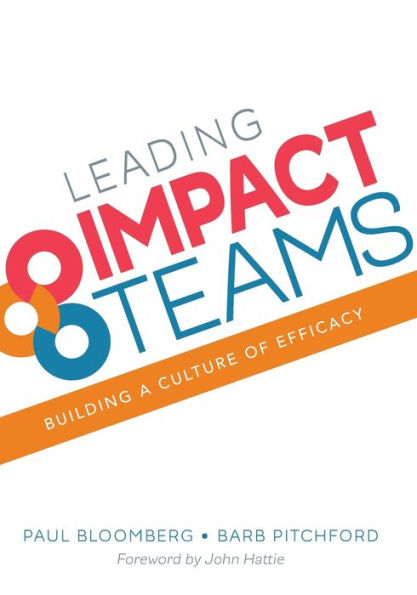5
1
9781506322674


$34.95

Leading Impact Teams: Building a Culture of Efficacy / Edition 1 available in Paperback

Leading Impact Teams: Building a Culture of Efficacy / Edition 1
- ISBN-10:
- 1506322670
- ISBN-13:
- 9781506322674
- Pub. Date:
- 10/19/2016
- Publisher:
- SAGE Publications
- ISBN-10:
- 1506322670
- ISBN-13:
- 9781506322674
- Pub. Date:
- 10/19/2016
- Publisher:
- SAGE Publications

Leading Impact Teams: Building a Culture of Efficacy / Edition 1
Paperback
34.95
In Stock

Product Details
| ISBN-13: | 9781506322674 |
|---|---|
| Publisher: | SAGE Publications |
| Publication date: | 10/19/2016 |
| Edition description: | First Edition |
| Pages: | 240 |
| Sales rank: | 402,559 |
| Product dimensions: | 7.00(w) x 9.90(h) x 0.70(d) |
About the Author
From the B&N Reads Blog
